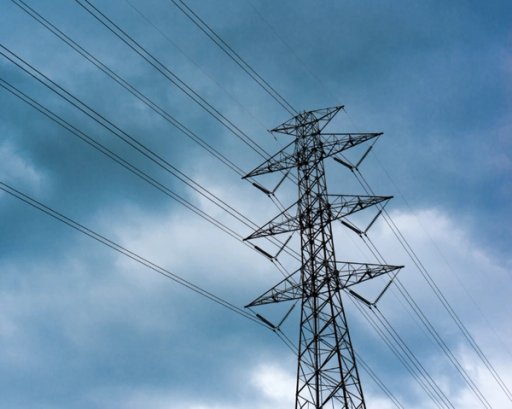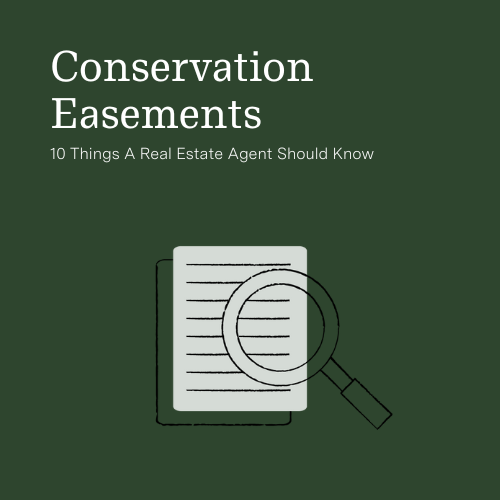April 15, 2025
When Plans Shift: What One Grantee Learned About Innovation, Patience, and Pivots
By Alberta Energy Efficiency Alliance

For the Alberta Energy Efficiency Alliance (AEEA), innovation isn’tjust about great ideas—it’s about asking the right questions, being open to surprises, and knowing when to change course. With support from the Alberta Real Estate Foundation and Alberta Ecotrust, AEEA set out to explore a compelling idea: could the Clean Energy Improvement Program (CEIP)—currently used to finance energy upgrades for existing homes—also apply to new construction?
CEIP is Alberta’s version of Property Assessed Clean Energy (PACE) loans, an innovative financing mechanism that allows homeowners to invest in energy efficiency upgrades and repay the loan through their property taxes. One of the key advantages of this approach is that the repayment stays with the property—not the individual—if the home is sold. This makes it easier for homeowners to make long-term upgrades without worrying about recouping their investment immediately.
“At the AEEA, we wanted to explore whether it made sense to potentially expand CEIP financing to new buildings as well,” explains Jesse Row, Executive Director of AEEA.
The early interest was promising. Municipalities and homebuilders quickly saw the value in helping buyers access high-efficiency upgrades without competing with aesthetic choices during the homebuilding process. But as the project unfolded, so did a series of pivots that would reshape its direction.
“Initially, we planned to pilot the concept with a municipality,” says Row. “But we learned that homebuilders were particularly interested in thediscounted interest rate available throughexisting CEIP financing.Whether that could be available for new construction became a major question. That led us to engage with the Federation of Canadian Municipalities (FCM), who fund CEIP programs for existing homes.”
Although FCM’s efficiency financing program wasn’t able to fund new construction upgrades directly, given their program mandate, they recognized the value of a feasibility study and joined the AEEA effort as a study funder. With added support from BILD Alberta, AEEA expanded the project’s scope—and its potential.
Bringing in Dunsky Energy and Climate Advisors helped widen the lens even further. Instead of focusing solely on CEIP, the team began exploring and comparing other financing options. That shift introduced new interest-holders into the conversation, including financial institutions and a growing number of municipalities with experience in CEIP.
But as engagement deepened, so did the complexity. Smaller municipalities voiced concerns about administrative burdens. Larger ones expressed interest in improving access for existing multi-unit residential, commercial, and low-income buildings—suggesting that expanding to new construction wasn’t a near-term priority.
“Innovation often means hitting a few dead ends,” Row reflects. “We had to be flexible, and at times, patient—especially when securing additional funding.”
And sometimes, the biggest value lies in learning what not to pursue.
“One of the things I’ve heard before about the innovation process is that it’s helpful to fail quickly,” says Row. “That allows organizations to move through a lot of ideas and to filter out the ones with higher potential than others. While we didn’t move that quickly with this project, we definitely madegood use of a relatively modestamount of resources to explore and assess innovative approaches to financing energy efficiency upgrades so that decisions could be made about whether a greater amount of resources should be invested into trying them out.”
He adds, “At this point, our engagement shows there isn’t a critical mass of interest in pursuing these options further, but we’ve also produced a body of research that can be used in the future by anyone interested in exploring the idea themselves. They can learn from our experiences and not repeat the same journey—but explore new paths to unlocking the power of financing for energy efficiency upgrades in new construction.”
For AEEA, their next chapter involves pursuing utility-led consumer programs like Demand Response, which are gaining traction across Canada. “It’s all part of the same mission,” says Row, “to create systems that help Albertans use energy smarter, more efficiently, and more affordably.”
Jesse Row credits the Alberta Real Estate Foundation’s flexibility and approach as key enablers of the project’s efforts. The Foundation’s willingness to support pivots, adapt reporting expectations, and value the lessons learned—regardless of whether they aligned with the original project goals—“created the conditions needed for meaningful exploration and innovation,” says Row.
Topic
Contributor

Alberta Energy Efficiency Alliance
The Alberta Energy Efficiency Alliance (AEEA) is a member-based organization with a diverse group of stakeholders actively working to maximize energy efficiency in the province of Alberta. Energy efficiency plays an important role in creating a sustainable Alberta, economically and environmentally.
Similar News


